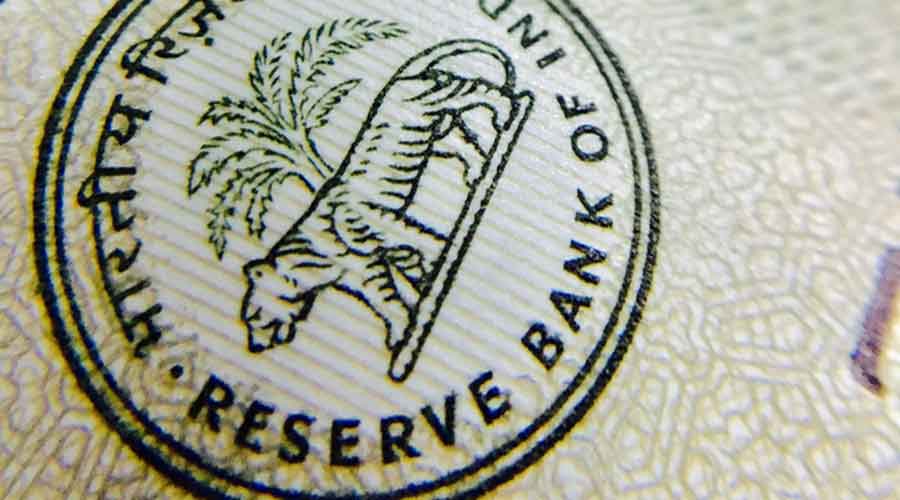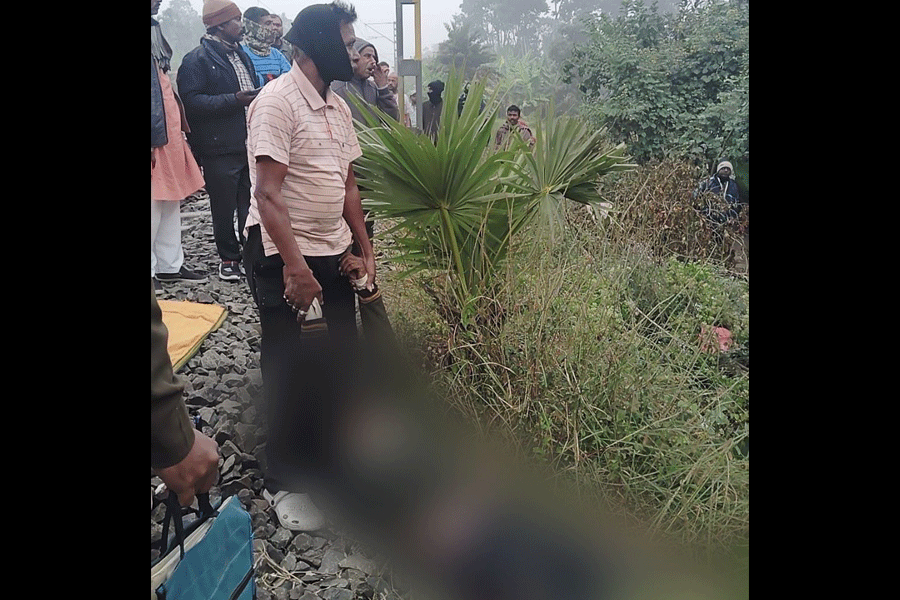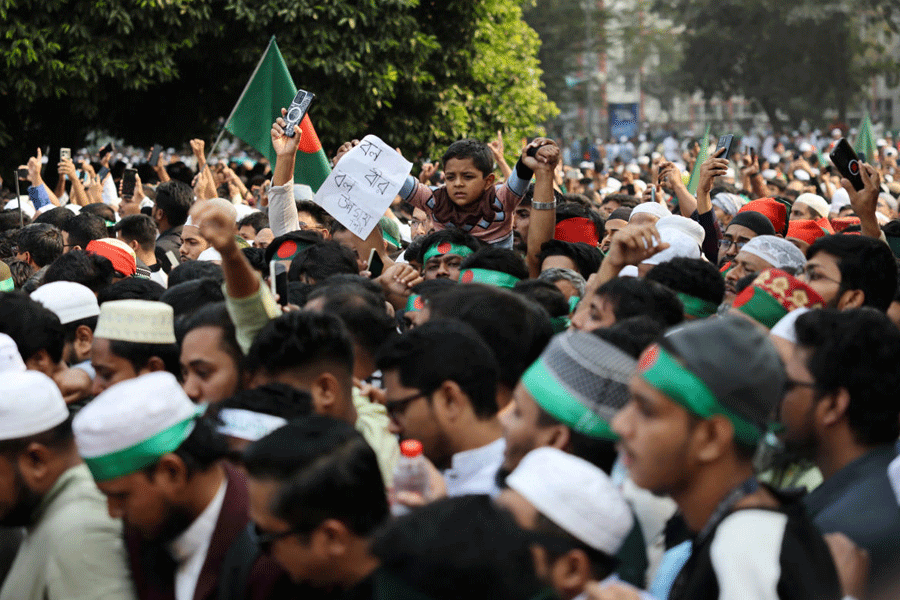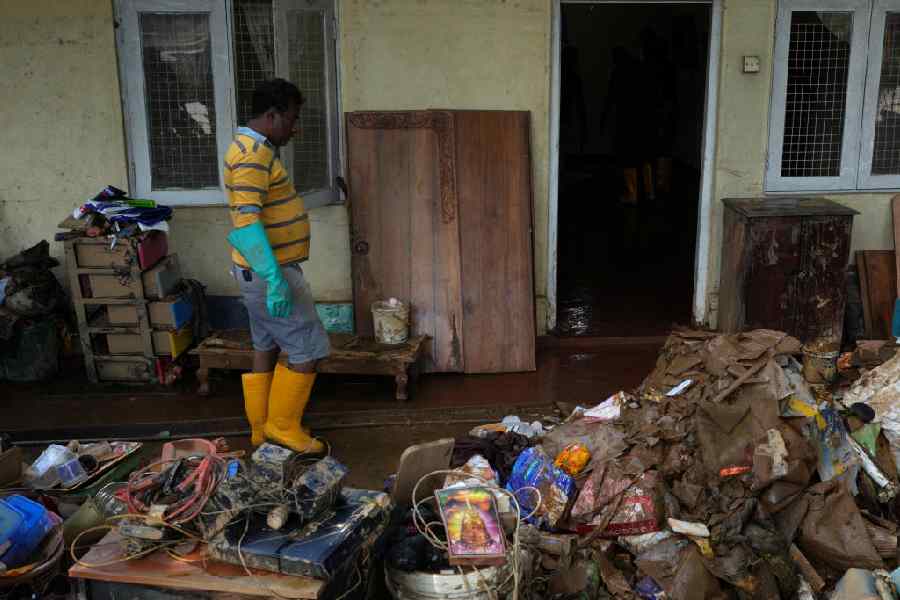The Reserve Bank of India (RBI) on Friday made key changes in priority sector lending (PSL) guidelines to enable “better credit penetration in the credit deficient sectors”.
Under the revised norms, higher weightage has been assigned to incremental priority sector credit in identified districts where credit flow is comparatively low. Expanding the scope of priority sector lending, the central bank allowed funding of up to Rs 50 crore to start-ups, and increased the targets prescribed for “small and marginal farmers” and “weaker sections”.
Last month, the central bank had said that it will revise the PSL norms and the focus will be to enable better credit penetration to the loan-deficient sectors even as it also brought start-ups within the PSL ambit.
In line with its objective to build an incentive framework for districts with comparatively lower flow of credit, the RBI said that from 2021-22 onwards, a higher weight (125 per cent) would be assigned to the incremental priority sector credit in the identified districts where the credit flow is comparatively lower (per capita PSL less than Rs 6,000).
A lower weight (90 per cent) would be assigned to incremental priority sector credit in the identified districts where the credit flow is comparatively higher (per capita PSL greater than Rs 25,000).
The RBI has identified 184 districts which have comparatively low PSL credit. There are three such districts in Bengal — Bankura, Jhargram and Purulia.
According to Soumya Kanti Ghosh, group chief economic adviser, SBII, the performance of banks in achieving PSL targets has significantly improved. In 2019-20, all the bank-groups (public, private and foreign banks) have been able to achieve the overall target of 40 per cent lending.
At present, 18 per cent of the adjusted net bank credit must go towards agriculture. Of this, 10 per cent has been prescribed for SMF. Banks will have to achieve this target by 2023-24 in a gradual manner-8 per cent in this fiscal to 9.5 per cent in 2022-23 and 10 per cent in 2023-24.
The central bank also doubled the loan limits for renewable energy to Rs 30 crore which can be provided to borrowers for purposes such as solar based power generators, biomass-based power generators, wind mills, micro-hydel plants and for non-conventional energy based public utilities like street lighting systems and remote village electrification.
Further, loans up to a limit of Rs 10 crore per borrower will also come under PSL for building health care facilities including under the Ayushman Bharat in Tier II to Tier VI centres.











